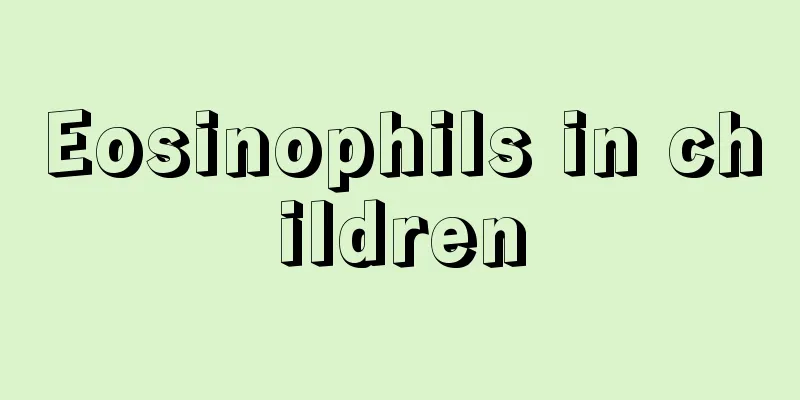How does hyperopia develop in children? The truth is this

|
Authoritative survey data show that children’s eye condition is deteriorating. For example, more and more children are suffering from farsightedness, which is a very bad sign. In order to solve this problem, we must first understand the causes of children’s farsightedness. 1. Refractive hyperopia: It is caused by the decrease of the refractive index of the aqueous humor and lens and the increase of the refractive index of the vitreous body. This type of cause is relatively rare and is mainly seen in the elderly and diabetics. Some lens dislocation can also lead to hyperopia. In addition, tumors of the eyeball wall and intraocular wall, retinal edema, inflammatory masses in the orbit, and even retinal detachment can all cause pathologically significant hyperopia. 2. Curvature hyperopia: It is caused by the smaller surface curvature of any refractive body in the eye's refractive system. It is mostly caused by congenital factors, such as congenital flat lens, congenital flat cornea, etc.; some are caused by corneal trauma. In recent years, due to the popularity of refractive corneal surgery, hyperopia caused by overcorrection of myopia surgery has gradually increased, which should be taken seriously. However, in the early stage after PRK surgery, because the corneal epithelium has not been completely repaired, it often manifests as a stage-by-stage hyperopia phenomenon. This should be explained clearly to hyperopic patients in advance to avoid unnecessary misunderstandings. 3. Axial hyperopia: Axial hyperopia is the most common type of hyperopia, that is, the anterior-posterior axis of the eye is shorter than that of the emmetropic eye. It is also a common type of refractive error. At birth, the average human eye axis is about 17.3MM, and is in a hyperopic state of +2.50 to +3.00D. It can be said that the hyperopia of infants is physiological. As the child develops, the eye axis slowly increases, but at the age of 5, 90% of children are still in a state of hyperopia. This decreases to 50% at the age of 16. However, because the degree is low and within the accommodation range, it is generally not felt. For some people, the eyeball stops developing during the development process due to genetic, environmental and other factors, and the eye axis cannot reach the length of a normal eye, resulting in axial hyperopia. The hyperopia generally seen in clinical practice is mostly within +6D, but high-degree hyperopia can also be seen, some even as high as +24D. |
<<: What should I do if my child has a fever while teething? Parents should keep in mind
>>: What should I do if my child has farsightedness? Parents can do this
Recommend
What to do if your baby has nail ulcer?
Long nails are prone to harboring dirt and breedi...
How to choose a newborn pillow?
How to choose a pillow for a newborn? Many adults...
The child's skin is like goose bumps
Some children do not have very delicate skin when...
What should parents do if their baby has a cold?
Babies have relatively poor physical constitution...
Can a one-year-old baby clean earwax?
Many young mothers are very careful when taking c...
Treatment for newborns who only fart but not defecate
Nowadays, it is not uncommon for newborns to only...
How many months does the baby know how to make people laugh?
Babies are very smart. A small action of mom and ...
What should I do if my child has itchy eyes?
The eyes are the windows to the soul. No matter w...
Does your child's hands and feet often shake when sleeping?
Hand tremors are a very common disease in life. I...
How to Identify Depression in Teens
Depression is a common problem in the human body,...
What causes baby's hand shaking?
Babies are usually very active, so parents may no...
Reasons for newborn spitting up and hiccups
After a newborn is born, his gastrointestinal tra...
Treatment of red spots on baby's body due to fever
As parents, when our children have a fever and ha...
What to do if your child stutters
Stuttering is a symptom that some children will e...
What should I do if my three-year-old child has rhinitis?
Rhinitis is a disease with a very high incidence ...









